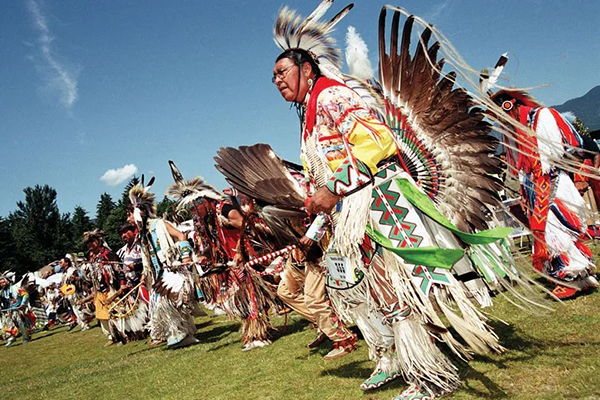Discover the Top Destinations to Immerse Yourself in Native American Culture and History
The United States is home to a rich tapestry of cultures and histories, with Native American heritage standing as one of the most profound and deeply rooted. For thousands of years, indigenous communities have shaped the land with their traditions, languages, and stories. Today, many of these stories are preserved in heritage sites across the country. For travelers seeking to understand and appreciate Native American culture and history, visiting these significant sites offers an immersive experience that connects the past with the present. This essay explores some of the top destinations across the U.S. where visitors can delve into Native American heritage.
- Mesa Verde National Park (Colorado)
Mesa Verde National Park in Colorado is one of the most iconic Native American heritage sites in the country. The park is home to the well-preserved cliff dwellings of the Ancestral Puebloans, who lived in the area from approximately 600 to 1300 CE. The most famous of these structures, Cliff Palace, is the largest cliff dwelling in North America, consisting of over 150 rooms and 23 kivas (ceremonial rooms).
Visitors to Mesa Verde can explore these cliff dwellings through guided tours and self-guided hikes. The park offers a glimpse into the daily lives, architecture, and culture of the Ancestral Puebloans, making it a vital destination for anyone interested in Native American history. Beyond the dwellings, the park’s museum and visitor center provide valuable insights into the archaeology and anthropology of the region.
- Taos Pueblo (New Mexico)
Taos Pueblo, a UNESCO World Heritage Site and a National Historic Landmark, is one of the oldest continuously inhabited communities in the United States. Located in northern New Mexico, this adobe settlement has been home to the Taos people for over 1,000 years. The multi-storied adobe buildings, with their characteristic earthen architecture, offer a rare window into ancient construction techniques and communal living practices.
What sets Taos Pueblo apart is the fact that it is still a living community. The Taos people continue to reside in these historic buildings, preserving their traditions, language, and spiritual practices. Visitors to Taos Pueblo can take guided tours led by tribal members, offering an authentic and respectful look at the history and culture of the Taos people. The site also hosts traditional dances and ceremonies throughout the year, allowing travelers to witness living Native American culture.
- Cahokia Mounds State Historic Site (Illinois)
Located near St. Louis, Missouri, the Cahokia Mounds State Historic Site is one of the most significant pre-Columbian Native American archaeological sites north of Mexico. Cahokia was the center of a vast Mississippian culture that thrived from approximately 700 to 1400 CE. At its peak, the city was larger than many European cities of the time and was home to an estimated 20,000 people.
The site’s centerpiece is Monks Mound, a massive earthen structure that rises 100 feet high and covers 14 acres. Visitors can climb to the top of the mound for a panoramic view of the surrounding area. The site’s interpretive center provides context for the complex society that once thrived here, with exhibits on the daily life, trade networks, and spiritual practices of the Mississippian people. Cahokia is a must-visit for anyone interested in the scale and sophistication of early Native American civilizations.
- The Black Hills and Mount Rushmore (South Dakota)
The Black Hills of South Dakota are sacred to the Lakota Sioux, who have deep spiritual ties to this region. While Mount Rushmore is perhaps the most famous landmark in the area, it’s important to recognize the Native American history and significance of the Black Hills. The Lakota call this area Paha Sapa, and it is central to their creation stories and spiritual beliefs.
Just a short drive from Mount Rushmore is the Crazy Horse Memorial, a monumental sculpture that, once completed, will be the largest in the world. The memorial honors the legendary Lakota leader Crazy Horse, who fought to preserve his people’s way of life. While the sculpture remains a work in progress, the site features a museum and cultural center dedicated to preserving Native American history and culture.
Visiting the Black Hills provides a dual experience: it highlights the ongoing dialogue between different interpretations of history while also offering a chance to learn about the spiritual and cultural significance of the land to the Lakota people.
- Chaco Culture National Historical Park (New Mexico)
Chaco Culture National Historical Park in northwestern New Mexico is a UNESCO World Heritage Site that preserves the remains of one of the most important centers of Ancestral Puebloan culture. Between 900 and 1150 CE, Chaco Canyon was a
